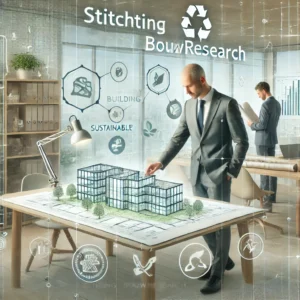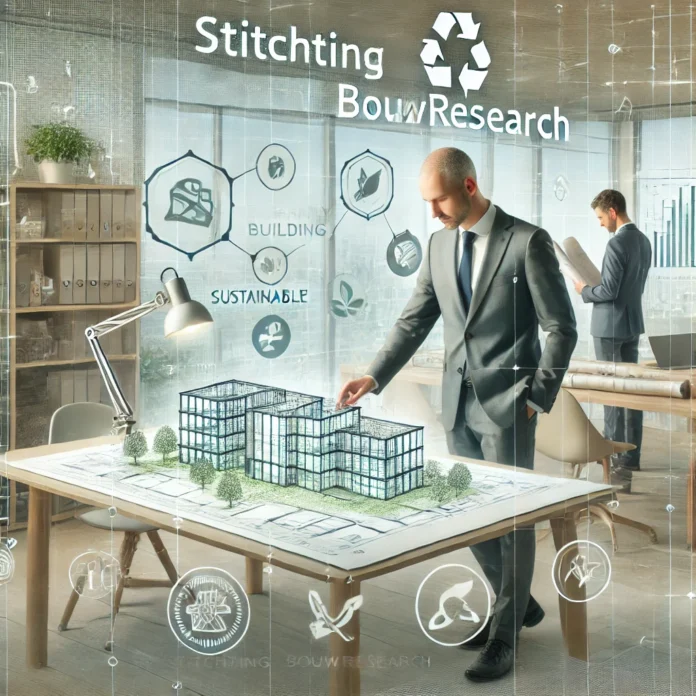Introduction
The construction industry is evolving unprecedentedly, driven by the need for sustainable practices, innovative techniques, and standardized methodologies. Stichting Research (SBR) emerges as a pioneer in this transformative era, offering research-based solutions and resources that redefine how construction is approached globally. This article provides an in-depth look at SBR, its objectives, key areas of focus, and how it is reshaping the construction industry’s future.
What is Stichting Bouwresearch?
Stichting Research, or SBR, is a Dutch research foundation for advancing construction practices. Established to address industry challenges and foster innovation, SBR collaborates with policymakers, construction professionals, and academic institutions to create a forward-thinking framework for sustainable building.
Core Objectives of Stichting Bouwresearch:
- Promote innovative construction techniques.
- Develop guidelines that ensure standardization and quality.
- Advance sustainability in construction practices.
- Foster collaboration among industry stakeholders.
- Bridge gaps between research, policy, and practice.
The Role of Stichting Research in the Construction Industry
SBR bridges theory and practice, ensuring that innovative ideas are translated into actionable solutions. The organization focuses on several critical aspects of construction:
1. Research and Innovation
SBR conducts cutting-edge research to explore new materials, technologies, and methodologies that address modern construction challenges. Examples include:
- Energy-efficient designs: Innovations that minimize energy consumption in buildings.
- Sustainable materials: Research on renewable resources and recycled building components.
- Digital construction: Technology integration, such as Building Information Modeling (BIM).
2. Development of Guidelines
One of SBR’s primary contributions is its development of detailed guidelines for construction professionals. These guidelines cover areas like:
- Safety standards.
- Design principles for sustainability.
- Efficient resource utilization.
3. Training and Knowledge Sharing
SBR regularly organizes workshops, seminars, and training programs to keep professionals updated on industry advancements. This commitment to education ensures the workforce remains adaptable and informed.
4. Sustainability Advocacy
Environmental impact is a major concern in construction. SBR actively promotes sustainable practices, including:
- Waste reduction strategies.
- Low-carbon construction techniques.
- Renewable energy integration in building designs.
5. Collaboration and Networking
By bringing together diverse stakeholders, SBR creates a collaborative environment where ideas can flourish. This network includes:
- Architects and engineers.
- Construction firms.
- Academic researchers.
- Government agencies.
Why is Stichting Bouwresearch Important?
Stichting research is vital for several reasons. The construction industry faces unique challenges, such as rising costs, environmental concerns, and the need for greater efficiency. SBR addresses these challenges through its multifaceted approach.
- Promoting Innovation
- SBR ensures that new technologies and materials are introduced to the market, keeping the industry competitive.
- Encouraging Sustainability
- By focusing on green construction, SBR helps reduce the carbon footprint of projects.
- Standardizing Practices
- The guidelines developed by SBR ensure consistency and quality across projects.
- Fostering Collaboration
- SBR acts as a hub for professionals to exchange ideas, fostering a culture of continuous improvement.
How to Access SBA’s Resources
Professionals and organizations can utilize SBR’s resources in the following ways:
1. Official Website
The Stichting Research website is a treasure trove of research publications, guidelines, and case studies.
2. Training Programs
Join workshops and training sessions to stay updated on new practices and techniques.
3. Collaboration Opportunities
Partner with SBR for innovative projects or research initiatives.
4. Community Engagement
Participate in forums and events to connect with other industry professionals.
Benefits of Stichting Research for the Construction Industry
1. Enhanced Efficiency
SBR’s guidelines help streamline processes, saving time and reducing costs.
2. Sustainability
By advocating for green construction practices, SBR ensures that projects are environmentally friendly.
3. Knowledge Sharing
Educational initiatives empower professionals with the skills to adapt to changing industry demands.
4. Global Impact
While based in the Netherlands, SBR’s influence extends internationally and sets standards that benefit the global construction community.
Frequently Asked Questions about Stichting Bouwresearch
1. What is the main focus of Stichting research?
Stichting research focuses on advancing construction practices through research, sustainability, and guideline development.
2. How does SBR promote sustainability?
SBR emphasizes using eco-friendly materials, energy-efficient designs, and waste-reduction techniques in construction projects.
3. Who benefits from SBR’s work?
Architects, engineers, construction firms, policymakers, and academic researchers all benefit from SBR’s contributions.
4. How can I access SBR’s publications and resources?
Visit the official SBR website or attend workshops to access guidelines, research papers, and training materials.
5. What makes Stichting Bouwresearch unique?
SBR stands out for its focus on integrating sustainability with innovation while fostering collaboration across the construction industry.
Recap: Why is Sustainability a Key Focus for Stichting Research?
One of the most frequently asked questions about SBR is why sustainability is central to its mission. In today’s construction landscape, environmental concerns are paramount. Stichting research addresses these concerns by promoting practices that minimize environmental impact while enhancing efficiency.
Sustainability Initiatives by SBR:
- Eco-Friendly Materials: Research alternatives to traditional materials, such as recycled concrete and biodegradable composites.
- Energy Efficiency: Advocating for designs that reduce energy consumption, such as passive solar heating and high-performance insulation.
- Waste Management: Providing guidelines for recycling construction waste and reducing landfill contributions.
- Green Building Certifications: Collaborating with agencies to align projects with certification standards like LEED and BREEAM.
These initiatives highlight SBR’s commitment to aligning construction with global sustainability goals, ensuring a greener future for the industry.
Conclusion
Stichting Research is more than just a research organization—it drives innovation, sustainability, and collaboration in the construction industry. Its work addresses current challenges and sets the stage for a more sustainable and efficient future.

